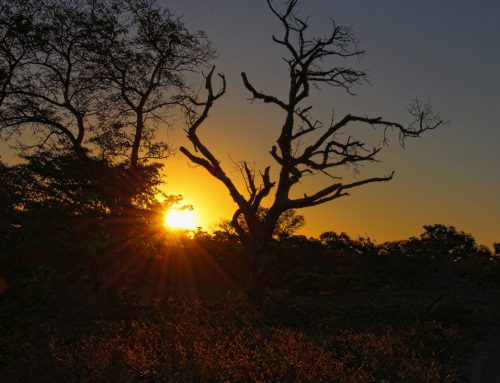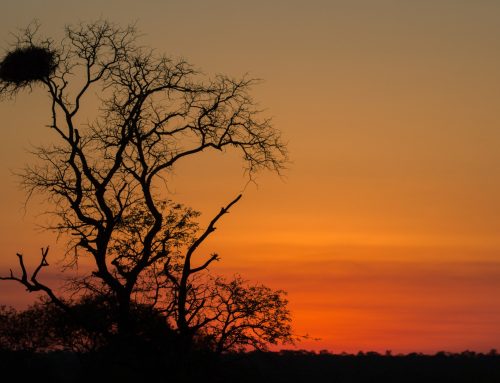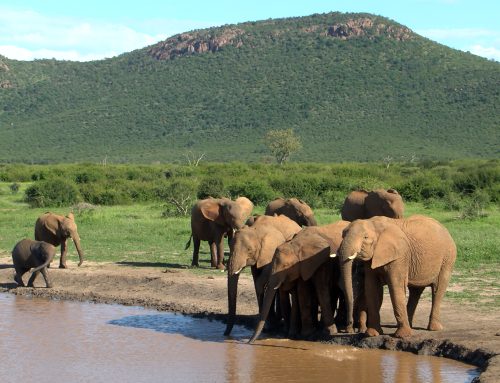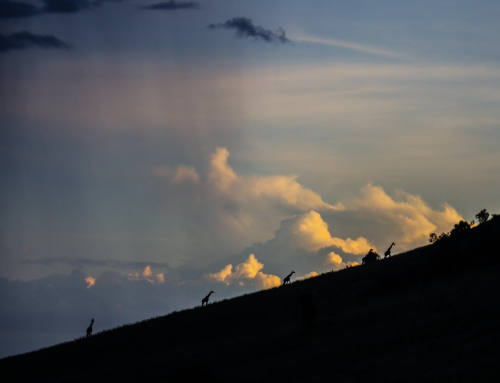Ah yes, another International Day of recognition for yet another habitat we as humans seem to have no issue destroying. The 2nd of February marks World Wetlands Day, an official day of awareness created by an intergovernmental treaty, signed in the Iranian city Ramsar circa 1971. This year’s focus is on wetlands and their decline due to, the highly controversial topic of, climate change. Climate change in itself seems to raise eyebrows and hackles for both those who accept its existence and those who do not.
Maybe you still debate the reasons for climate change, but one thing is certain, our climate is changing. Yet this article is not going to be another “doom and gloom” reminder of the destruction of our natural world. But rather a look into the positive side of human nature and how wetland ecosystems are being used to help clean up our planet.
I’m not going to bore you with a bunch of facts about what a wetland is, or the small things that can be done on the day – like picking up trash or being more conscious of buying that single use plastic water bottle. Let’s face it, we all read these articles with the best intentions but then continue with our lives as per normal, once the Internet browser tab is closed. Some of us may take away a few educational facts that will be immensely useful during next week’s quiz night. But on the whole, not much action is galvanized outside of the single 24 hour period once every 365 days, in which we are meant to grieve the loss of our wetland habitats and all the animals supported therein.
There are however a few exceptions to this. There are people and organisations all over the world that have dedicated themselves to restoring the natural world and they are using the natural design of wetlands to do so.
The Recycled Park Foundation is an example of one such organisation. Based in Rotterdam, the Netherlands’ second largest city, a group of creative and innovative natural enthusiasts came up with a brilliant and sustainable plan. This plan not only cleans their rivers but their oceans as well. As the name might suggest, they have begun building a “recycled park” that floats on the Meuse River. Plastic waste from the river is collected just before entering the North Sea. From there the plastic is repurposed to create floating platforms. These floating platforms are populated with water loving plants, eco-friendly pathways and of course a few scenic benches for park visitors to enjoy a relaxed afternoon in the sun. The creation of this new anthropomorphic type of wetland environment has not only helped to clean up the planet but is even beginning to attract a few wild visitors. Birds, insects and fish have all been observed hanging around the floating park and in turn for pollination and the addition of essential nutrients, the animals are offered a safe haven, free from pollutants and with some protection from their predators. Aside from this, the plants themselves are also responsible for filtering and cleaning the waters of the Meuse River thereby providing a healthier and cleaner environment for the aquatic, amphibious and terrestrial animals that call the river, its banks and its floating park home.
The IISD (International Institution for Sustainable Development) has also developed and is using a “floating wetland” ecosystem in an effort to clean and conserve one of our most precious resources, fresh water. Much of the earth’s freshwater supply is threatened or in fact contaminated by polluted runoff from factories, farms, grey water systems and the general carelessness of our species. There is no upside to this, but there is hope. Wetland environments are famed for their ability to filter, clean and decontaminate water. So why not make use of Mother Nature’s perfect design to clean up our own mess (seems mom is still picking up after us)? Wetland environments use a bunch of biological mechanisms and microbes to filter and breakdown contaminants before releasing the once bad stuff, back into the environment as good stuff. Aside from the benefits of cleaning our water, many of these floating treatment wetland environments also provide a terrestrial place for animals to live and flourish.
Yet again the IISD is not the only group of environmentally concerned individuals to do this. There is a vast swath of companies and organisations out there that is utilising nature’s own technology to keep our wonderful world clean. Some of these companies will even provide you with the materials and expertise needed to build and deploy your own floating treatment wetlands! This of course comes at a small fee so may not be for everyone, but a group of like-minded individuals is more than capable of banding together to achieve something both easy, simple and impactful. Floating Islands West is an example of once such company, along with a DIY kit they will provide you with all the necessary information needed to create your own, lasting and purifying floating wetland.
These groups, organisations and institutions are taking World Wetlands Day further than just the 2nd of February each year. They are creating a permanent, sustainable and ecologically friendly way of purifying fresh water and creating new wetland environments to replace the ones we have already destroyed. Today is not a day solely to create awareness but is also a day to take action and responsibility, to further preserve and create a lasting impact on our environment.
So take the time to do a little research into the initiatives happening in your area and see if there is a way you can contribute to preserving or creating new wetland environments. Our natural world is not only for the fauna and flora, but it is also for us.
From the WildEarth team, a very happy World Wetlands Day to you all!
Image credit: Alicia Russo





